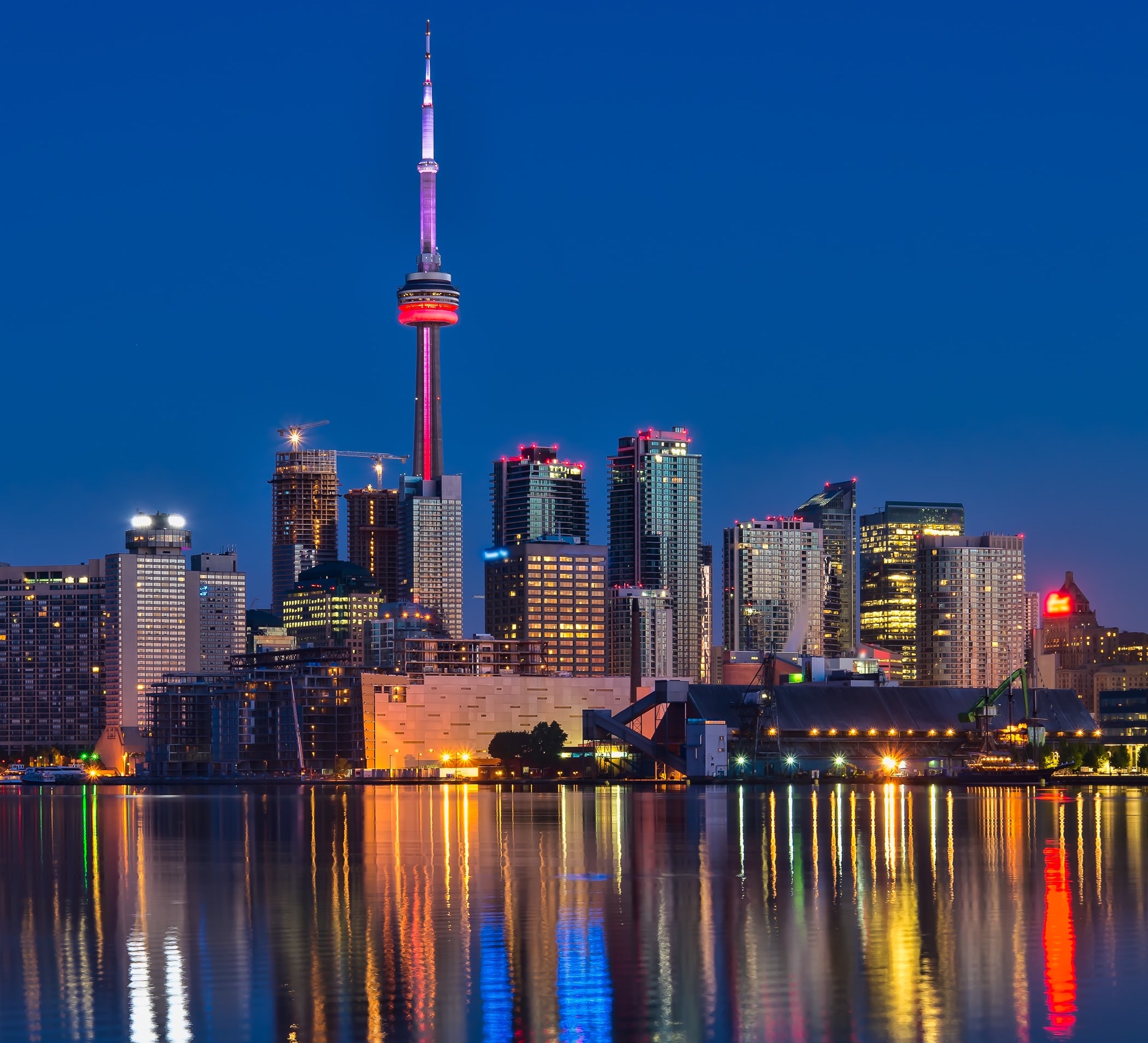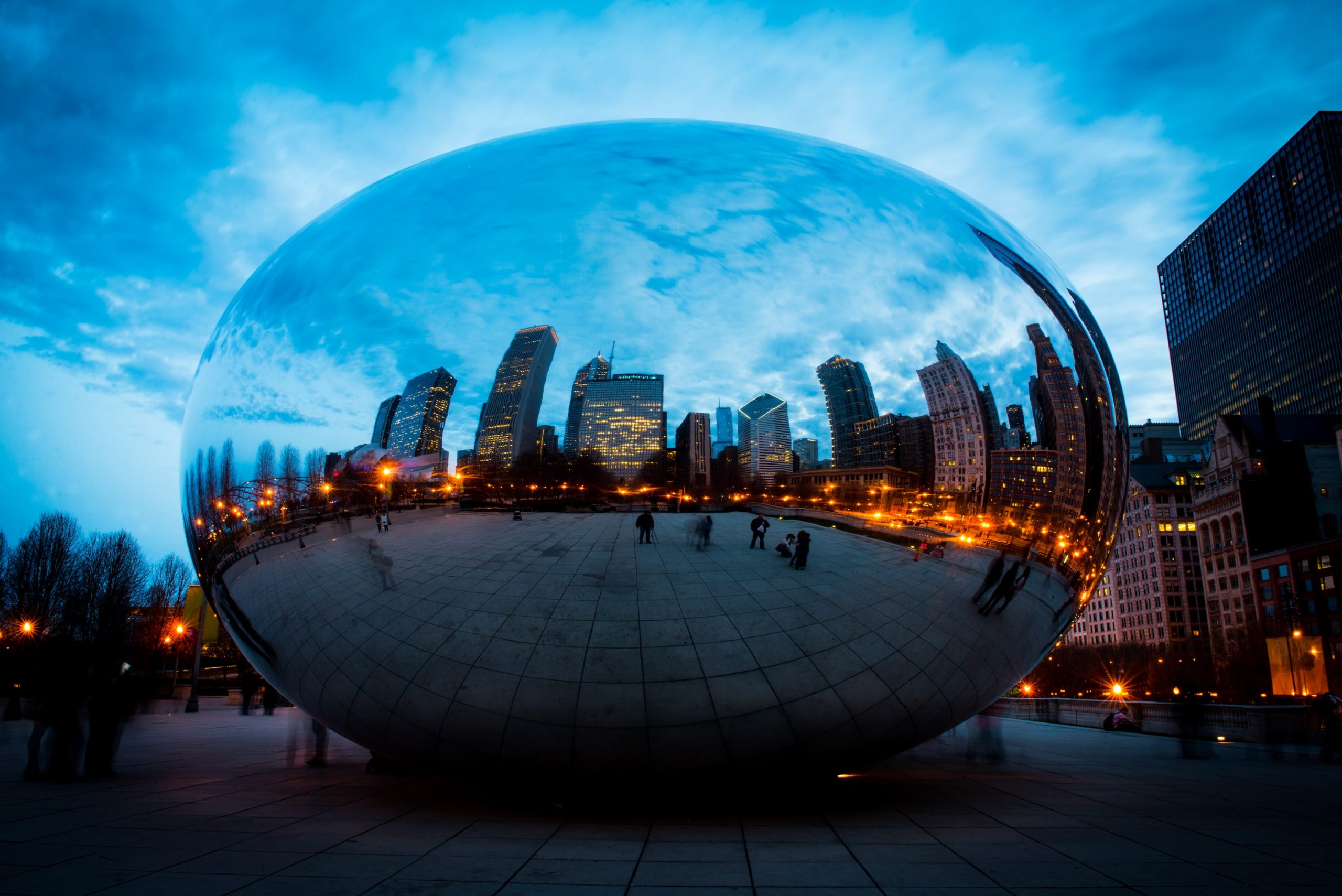As more vaccines roll out and we begin to crawl out of the pandemic, cities across the globe are anxiously waiting to fully reopen for business.
The anxiety is fed not just by a public safety factor, but also by a revenue factor. With thousands of local businesses on hold or simply shut down and millions of workers unemployed, tax revenues that cities heavily rely on have been hitting rock bottom. The race to recovery is on, but the obstacles on the track have changed, and cities that address and embrace the new reality will come out on top and likely better than they were before.
In a recent webinar, author, professor and city pundit Richard Florida shared his thoughts on how the pandemic will be less of a “disruptor” changing the game and more of an “accelerator” of changes already underway. We are all too familiar with cities going overboard to attract an Amazon HQ2 or aspire to become the next Silicon Valley. Big business brings jobs, growth, wealth and yes, tax revenues. But the new reality will respond less to business needs and more to the needs of remote workers.
Florida claims before the pandemic about 5% of people in the US worked remotely. It is estimated that number will settle at 20% after the pandemic, with about 40% of people preferring to work remotely, which may well continue to push that number upward. In order to stay competitive and attract and retain top talent, businesses will need to exercise flexibility in remote working policies. Not to mention the millions of dollars in savings from reduced office space and travel. With the proliferation and upgrading of video conferencing platforms like Zoom, Teams or Google Hangouts among others, remote working is here to stay in a big way.

Much has been said about people flocking to the burbs or migrating to cities. The city migration has been led by youngsters in their 20’s and 30’s seeking jobs, entertainment, culture and social value. The flocking to the burbs has been driven by young couples looking to raise a family beyond a closet-sized New York studio. But that’s all changing. People across generations are seeking, and finding, cities with attractive offerings at affordable prices, resulting in a higher quality of life. Now you can live in the Hudson Valley and have a job in Wall Street. Or you can live in Nashville and have a job in Chicago. People will be looking less for the city that has the most jobs, and more for the city that brings them the highest quality of life.
The rise of the “rest” cities like Austin, Columbus, Pittsburgh, Madison, Charlotte, Phoenix, Sacramento, Toronto will depend heavily on their ability to attract not tech companies, but remote workers. Cities that invest in education, amenities, sustainability, technology, equity, infrastructure. Cities that are affordable to live in. To be sure, most if not all of these cities have either completed or are well on their way to launch initiatives that set them apart from the pack. Initiatives that make them all that more attractive to remote workers. But other than city officials and some local folks, who really knows about it?
This is where city branding comes in, and why now is the optimum window of opportunity to get the story out. But before, and without getting into an academic dissertation, let’s consider what branding is, especially in the context of a city.
First off, a brand is not a logo. Nor is it a slogan. Much less a campaign. A brand is an entire graphic, visual, experiential and emotional identity that projects with clarity and conviction what that brand experience is all about, or city experience as the case may be. At their best brands are equally inspirational as aspirational. But most importantly, they need to be authentic and true to themselves as well as relevant to others. When you say “Vegas” you don’t need to describe a whole lot more to a potential visitor, investor, resident or business owner. You get it. And you can create an entire imaginary in your mind when you think of a weekend in Vegas. That imaginary is the result not of the famous “What happens in Vegas stays in Vegas” slogan, but of every part of that city’s experience, from the exuberant casinos to the pretentious restaurants, the flamboyant shows, the studio-like city design, the strip, the bars and all the way to the questionable behavior. It may be your cup of tea or not, but you have a pretty accurate idea of what to expect and what may turn you on or off about it.
But Charlotte, Pittsburgh, San Antonio, Madison, Columbus and the rest of the rest are not Vegas. They have no star-studded Hollywood bachelor parties to speak of and need to find other ways of telling the story. They must build their brand through a conscious initiative. Through collaboration, because it fosters innovation and creativity. At its best, a city branding effort includes the Mayor, other government agencies, nonprofits like a cultural trust or a tech council, cultural leaders, entrepreneurs and business leaders. In the early 2000’s our agency was hired to rebrand the City of Toronto, and at the time I worked with the Mayor, the Governor of Ontario, Toronto Tourism and the Toronto City Summit Alliance, a consortium of business leaders from various industries. While these may sound like too many cooks in the kitchen, properly managed it delivered diverse and rich thinking.
The task at hand is to build the storyline. What is the reality of that city today and moving forward? What makes it unique? Technology, a strong gay population, a robust healthcare infrastructure, modern transportation, public WiFi on every street, a thriving restaurant scene or a music club on every corner? If a UX designer wants to leave New York to improve her quality of life, why on earth would she even consider Pittsburgh even when the cost of living is a fraction of the cost? Because of a thriving robotics ecosystem that is changing the way we live and work; parks, river fronts and bike trails that will give Central Park and the Hudson a run for their money, and a delightfully diverse restaurant scene that covers the range from Bangkok to Buenos Aires. But as of today, she wouldn’t know that. Because all she heard about Pittsburgh is that it’s an old rust belt town with nasty weather and a bunch of Steelers tailgaters.
A strong and properly executed branding will change the current imaginary in her mind to Pittsburgh’s reality today. It will put Pittsburgh in her consideration set. And the city of Pittsburgh will have gained another remote worker who will bring her life to town. In the case of Toronto, we were faced with an outsider view of a “dull Chicago wannabe north of the border.” In contrast, Toronto is the most diverse city in the Americas, with a thriving biotech industry, amazing neighborhood restaurants, a stunning lakefront, and Hollywood North, Canada’s film production hub. After the rebranding the mainstream press the likes of Conde Nast Traveler, The New York Times and Wallpaper among other were using headlines like “Who Knew?,” “Toronto Dials it Up,” and “Adventure without the Hassle,” giving the city a completely different reputation.
But again, Toronto was not just about a revamped logo and a new tagline and an ad campaign. It was a new narrative and identity omnipresent throughout the city that resonated with authenticity and relevance. Authentic enough for the locals to buy into it, embrace it and live it. Relevant enough for the locals to be proud of and outsiders to want to visit or move there. And it was omnipresent in bar talk, at the dinner table, in social media, city parks, buildings and river fronts, in the vernacular of everyday locals who had a fresh, renewed story to tell themselves and the world.
Cities have been at the forefront of the pandemic crisis. They’ve been hurt. They’ve been put on hold. But the pause button is about to go off. And it is up to them to just lick their wounds or use this window of opportunity to rewrite a better story. The group known as the rise of the rest stands to gain the most, if only they make sure they make their story known to the world.

